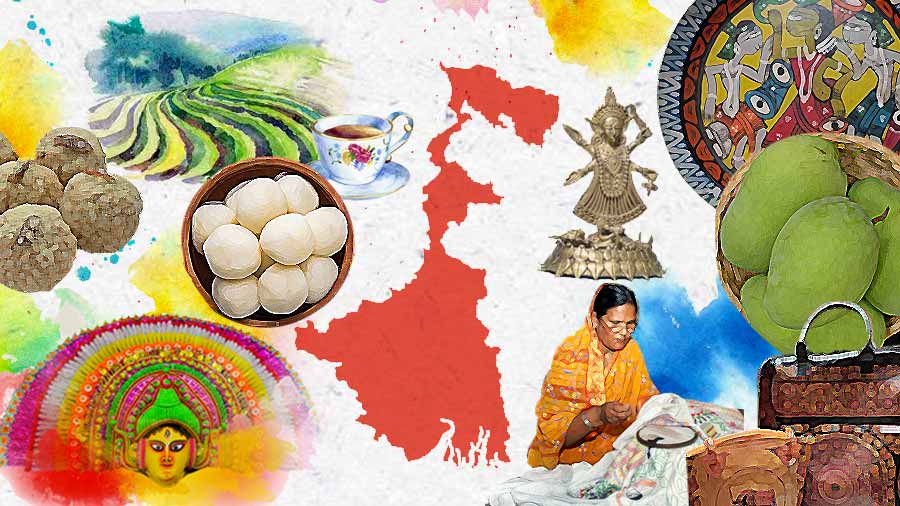The big debate between Bengal and Odisha over a sweetmeat is still fresh in our minds. Following that sweet victory with the Banglar rosogolla getting a Geographical Indication (GI) tag in 2017 — Odisha’s rasgulla got its own GI tag in 2019, so everyone won. Bengali sweets and GI tags have recently been in the news again. Late last year, it was reported that the WB government had applied for Krishnanagar’s sarbhaja and sarpuria to get their own tags too.
As we wait to see if Bengal’s GI tags will have two more sweet additions, here’s a rundown of all the other wonderful things (food, handicrafts and agricultural) that have the coveted title in the state.
Joynagar moa

Wikimedia Commons
It is perhaps not surprising that for the land known for mishti, all its food-related GI tags have been given to sweets.
Before the rosogolla, the tag was given to three other sweets, the first of which was the Joynagar moa in 2015. Unlike its crisp gur-khoi counterpart, this moa is a softer ball of roasted Kanakchur khoi mixed with nolen gur, ghee, kheer, raisins and cashew, and flavoured with cardamom.
Burdwan’s sitabhog and mihidana
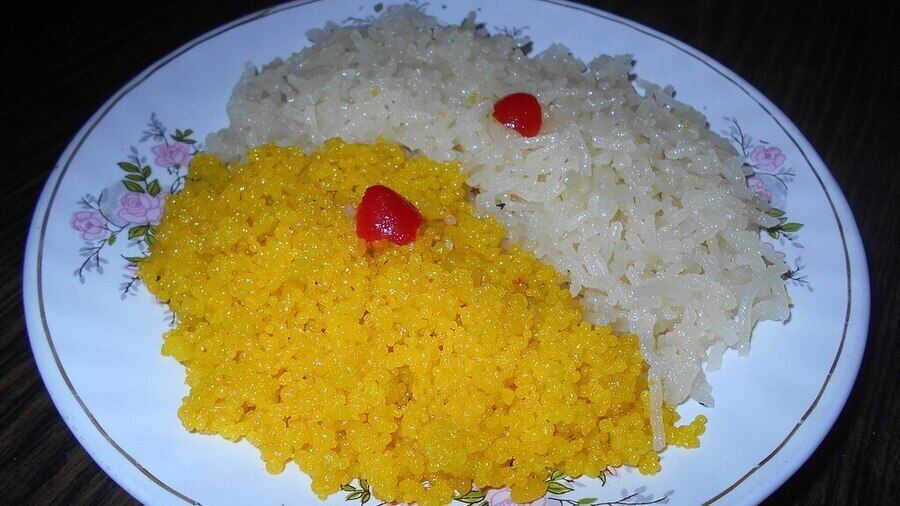
Wikimedia commons
Burdwan’s mihidana and sitabhog earned a GI mention in 2017. The Bardhaman Mihidana Sitabhog Welfare Association are the ones behind the unique sweets being given a chance for consideration. In August 2021, India Post released a special cover on the sweets and in September, the first GI-tagged mihidanas were shipped from Burdwan to Bahrain.
Banglar rosogolla

TT Archives
The rosogolla was the last sweet to earn a GI tag. To earn the GI logo on their sweets packages, rosogolla makers have to meet strict restrictions: pure chhana without any starch, careful kneading for proper mouth feel and chewiness, 10 gm in weight and soaked in a transparent, light syrup with a 30 to 40 per cent sugar concentration. About 70 sweet shops, including inventor Nobin Chandra Das’ family’s K.C Das, Sen Mahasay, Balaram Mullick and Radharaman Mullick, and Chittaranjan Mistanna Bhandar, have been qualified to sell the Banglar rosogolla.
Nakshi Kantha

Wikimedia Commons
The first of Bengal’s handicrafts to get a GI tag was the nakshi kantha in 2008. Unlike the simpler embroidery seen in kantha work, which involves a simple running stitch, the nakshi kantha is much more elaborate. Tight stitches run together to create tales in thread. From traditional flora and fauna inspired motifs, to scenes from rural life, and even stories are found stitched into fabric in this handicraft, mainly practised in Birbhum.
Santiniketan leather goods
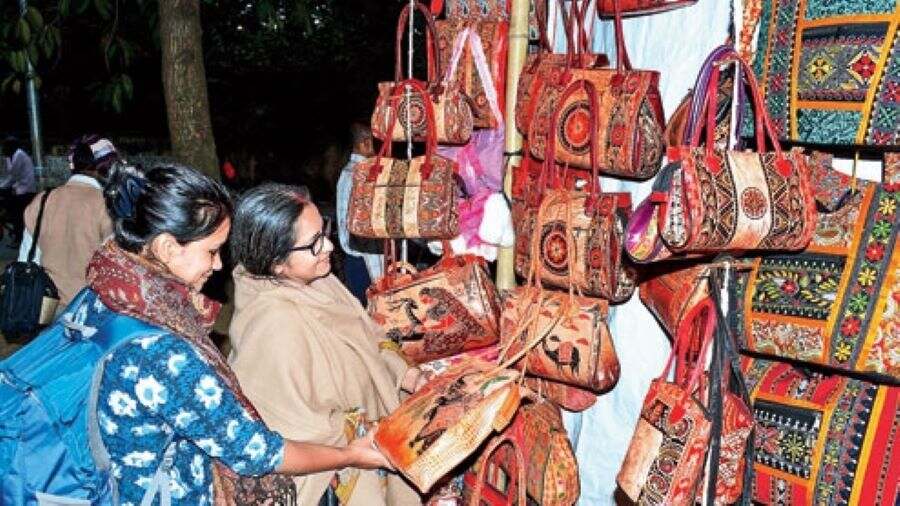
TT Archives
In 2008, accreditation was also given to the leather goods of Santiniketan. What began about a century ago, under the rural development programme run by Visva-Bharati University, has flourished into a craft with a distinct identity. Made using vegetable-tanned leather and hand painted with natural dyes, the bags, pouches, notebooks and other products made in Santiniketan are known for their traditional painting and nature-inspired motifs.
Santipuri saree

A saree workshop in Santipur Shutterstock
When it comes to the crafts of Bengal, the handloom arts can never be far behind. Three of the state’s sarees have the honour of a GI tag. The first to receive it was the quintessential tant classic, the Santipur (Santipore) saree in 2009. A craft believed to date back to the 15th century, the tant from Nadia district’s handloom village is a part of Bengali life.
Baluchari saree
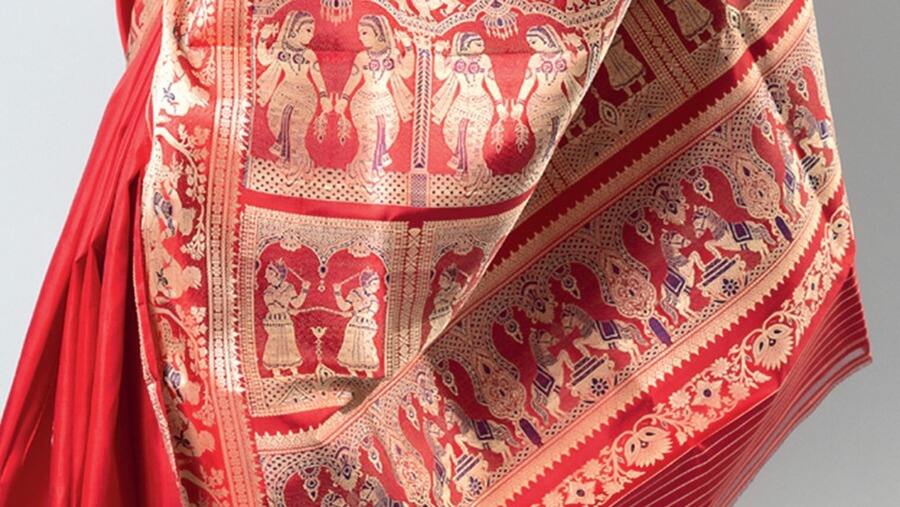
TT Archives
The rich silk Baluchari saree got the tag in 2012. A centuries-old handloom craft, the silk sarees’ first home was an eponymous village in modern-day Murshidabad. Today, however, Baluchari sarees are woven predominantly in and around Bishnupur. These drapes are characterised by their mythological motifs and the stories woven in silk threads that adorn the aanchal or pallu.
Dhaniakhali saree
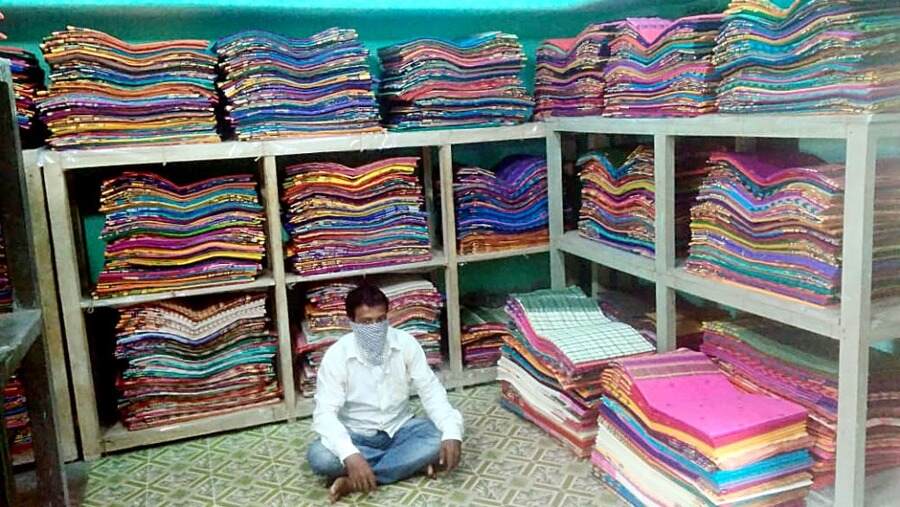
A saree shop in Dhaniakhali TT Archives
The last of Bengal’s sarees to receive the tag was the Dhaniakhali. These humble all-cotton sarees woven in Hooghly’s Dhaniakhali are distinctive in their slightly thicker yarn and strip or check patterns with traditional motifs. They are preferred as the sarees for any puja, especially those involving a new bride.
Madurkathi
Another form of handloom that was included in the list in 2018 was the woven technique of madurkathi. Mat weaving in India has roots in the country’s ancient history, and in Bengal the madur or mat has been a long-standing companion to naps, picnics and everything in between. Predominant around Midnapore district, these mats were woven from a specific type of reed, traditionally by the women of the household.
Bankura Panchmura terracotta craft
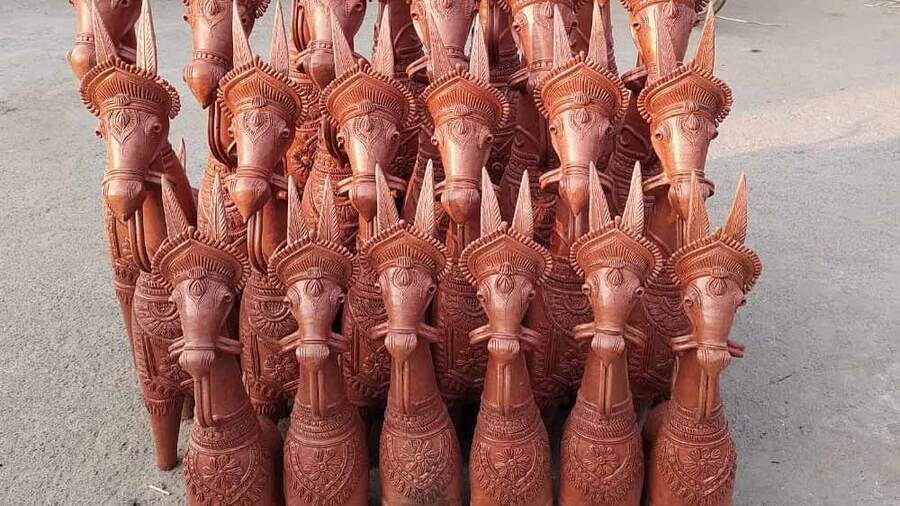
ABP Archives
The year 2018 was a big one for Bengal in the GI universe with many of the state’s handicrafts getting recognition. Among them is the ubiquitous craft of the state — terracotta. Most people who have grown up Bengali are familiar with the terracotta horse figurine and have probably had one in some size in their homes. Often called the Bankura Horse, this is an emblem of the centuries-old traditional terracotta craft of Bankura’s Panchmura.
Bengal dokra

Rangan Datta
The ancient art of dokra combines the method of lost wax casting with metallurgy to make jewellery and objects through a process that has largely remained unchanged for thousands of years. The characteristic almost-oxidised gold colour of the dokra artefacts and figurines make them unique. Dariyapur in Burdwan is known for its dokra art.
Bengal patachitra
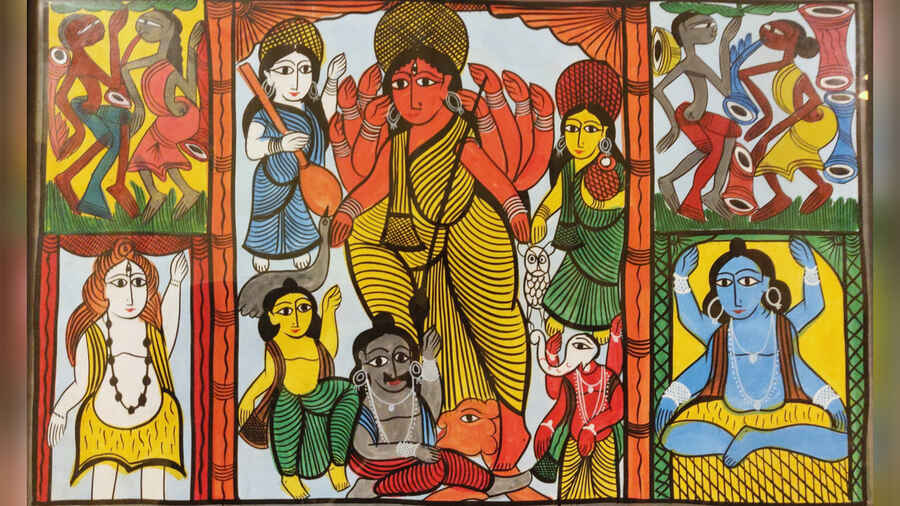
Rumela Basu
Another ancient tradition part of the list is Bengal’s patachitra. ‘Pata’ comes from the Sanskrit word ‘patta’ meaning cloth and ‘chitra’ refers to images or paintings. Patachitra is a form of scroll painting that was used by patuas, or artists, who unfurled them as they sang and narrated tales, usually from mythology and folklore. The hand-drawn panels are always painted with natural dyes. West Midnapore’s Pingla, and Purulia are well known for their patachitra.
Purulia chhau mask

Rumela Basu
When speaking of vibrant art forms, how can the much-loved Chhau be far? Of the three kinds of Chhau in India, the Purulia Chhau has the most elaborate headgear for its dancers. The martial art-like dance form is distinguished by the hand-painted paper pulp and clay masks which usually feature mythological characters with bold expressions. The Purulia Chhau mask received a GI recognition in 2018. Charida village in Purulia has the distinction of being known as the Chhau mask makers’ village.
Wooden masks of Kushmandi
Joining Chhau are the wooden masks of Kushmandi, also given GI tag in 2018. Along the villages of Dinajpur, in and around Kushmandi, artisans create wooden masks worn by the Gomira dancers of North Bengal. Traditionally, the masks are objects of worship to be offered to the local deity. The Gomira dances, or Mukha Khela, are organised to ask the village deity to keep away evil spirits and ensure a good harvest.
Darjeeling tea
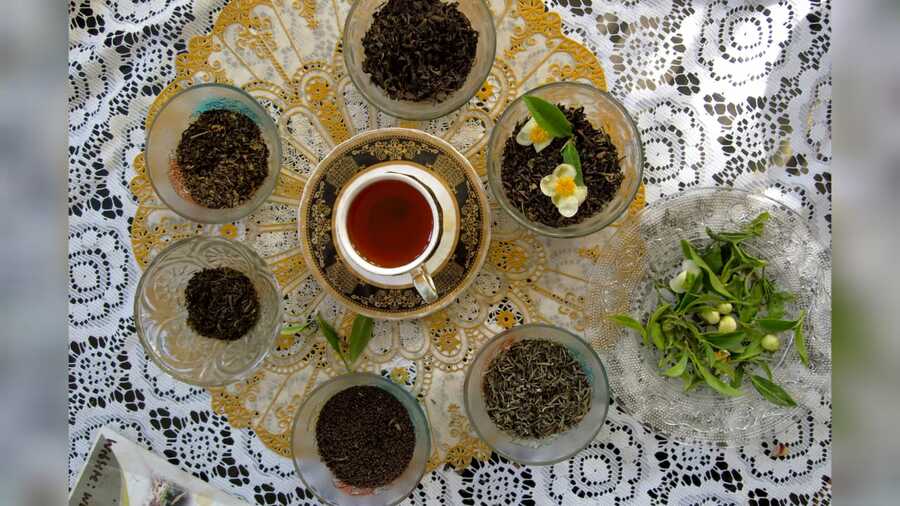
Wikimedia Commons
The first GI tag given to Bengal was for the muscatel-flavoured brew of the hills. Both the tea and the logo for it, which was created by the tea board, were given the certificate in 2004. All authentic Darjeeling tea packaging bears the logo of a woman (facing sideways) holding a tea bud and leaves.
Himsagar, Malda fazli and Lakshman bhog mangoes
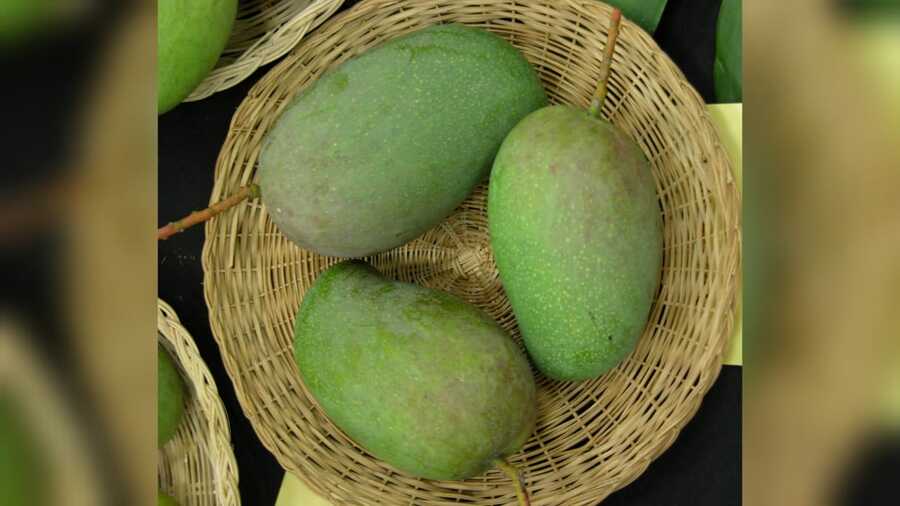
The Himsagar mango is not cultivated anywhere else in India Wikimedia Commons
Like the famous cuppa, the juicy Himsagar mango is also a thing of pride for the Bengali. In 2008, three of Bengal’s mangoes made the GI list — the Malda Khirsapati, (popularly known as Himsagar), the Lakshman bhog and the Malda Fazli. The Himsagar is especially known for its unique sweetness and fibre-free pulp. In 2021, for the first time, the Malda fazlis found new potential savants as a consignment of the fruits made their way from Bengal to Bahrain.
Gobindobhog rice and tulaipanji rice
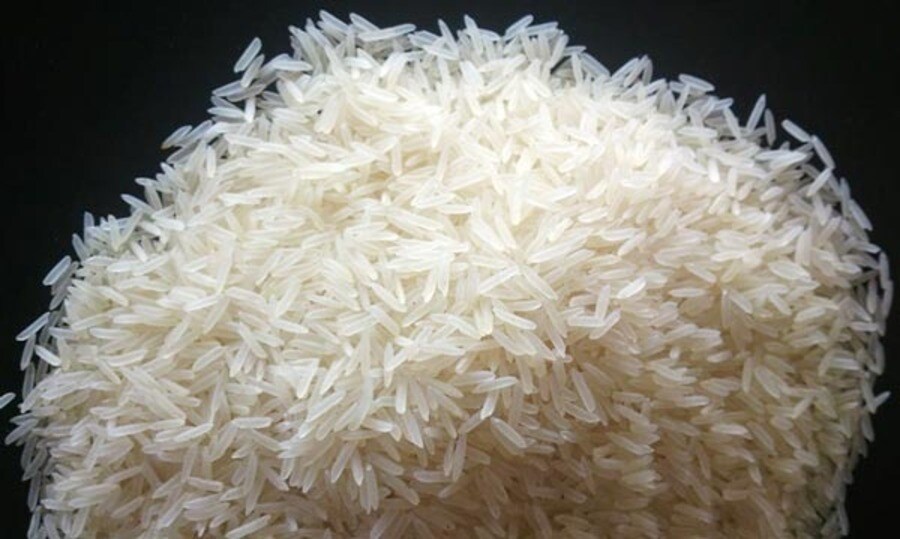
Gobindobhog rice TT Archives
In 2017, two more agricultural GIs joined the list with two of the most iconic Bengali edibles, gobindobhog and tulaipanji rice.
The fragrant gobindobhog has long been a Bengali favourite for everything from bhoger khichuri to payesh, and its aroma has also brought modern chefs sniffing, who have adapted the rice into contemporary dishes savoury and sweet. Since the GI accreditation, the tulaipanji has become even more popular and given its natural aroma and shape, it is often referred to as the Bengal basmati.
